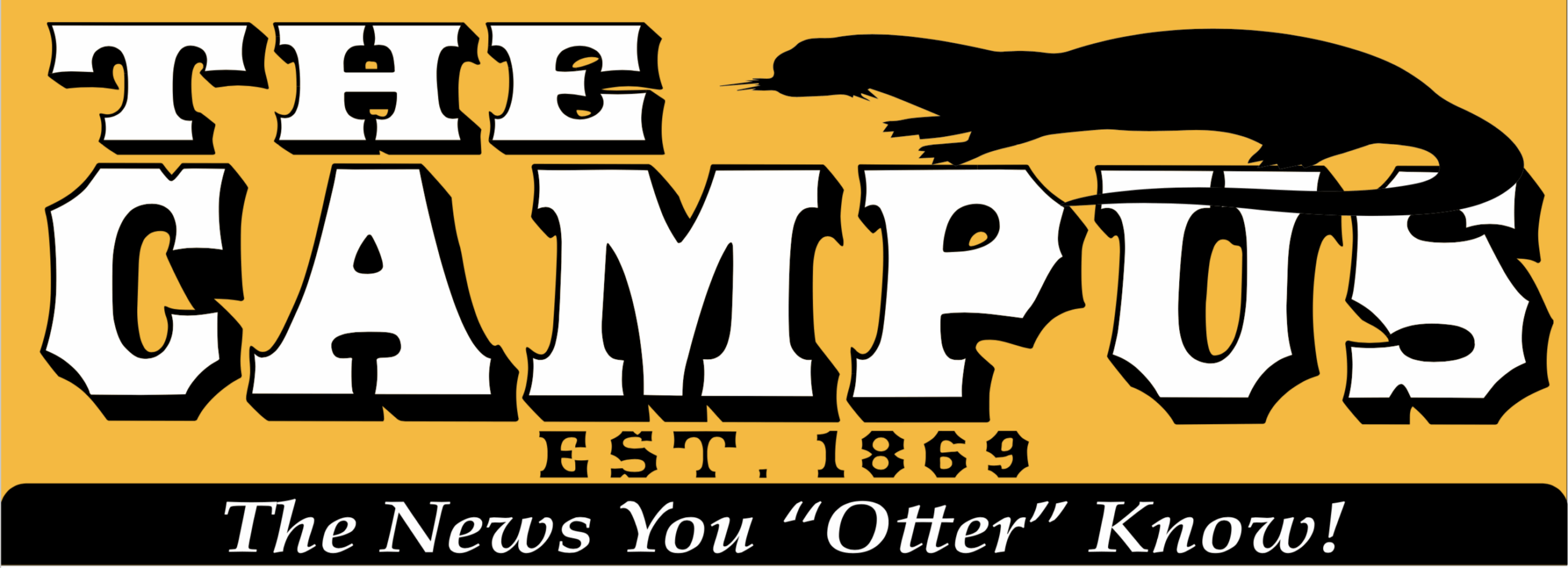
Photo by Bruna Pacheco
You’ve been sitting in a classroom for most of your life. You know the ins and outs of expected etiquette – you’re supposed to sit at a desk, wait for the teacher to call you and maintain a respectful disposition even when the guy next to you says something less than intelligent. You know all about different teaching styles and test formats. You’re unquestioning, just trying to survive. But what if learning environments are supposed to provide more than just an endurance test? What if there’s a better way?
“Most communication theory lends itself to the idea that everything is situational, so any sort of blanket model paradigm, I’ve found, often fails if you try to apply it elsewhere,” says Ryan Louis, Director of the Communications Department at Ottawa University. “I tend to take a look at the class itself and see what the theory needs in order to be actualized and, really, every group of students is completely different.”
Some students have different needs than others – learning styles differ between individuals, and classes require different methods of teaching than others.
“Questions can be asked by students through the showing of example problems, but for the most part, there’s not a whole lot of communication back-and-forth,” says Will Wallace, OU sophomore.
Wallace is a math major and finds lecture-style courses more engaging than classroom discussions.
“Personally, I just kind of become disconnected from it,” he says. He cites discussion-based classes as a little too ambiguous, stating that he prefers the “one-and-done” kinds of answers.
There does seem to be a difference between disciplines in question-and-answer sessions. Oftentimes, in lecture-oriented classes, professors are more likely to tell you you’re wrong, should you answer incorrectly. However, in discussion-based classes, professors are more likely to contextualize your answer, changing their perspective and viewing your response through an open mind, with statements like, “Oh, I can see where you’re coming from” or “Well, that’s definitely one way to look at it.”
People within different majors don’t always have the same learning styles, though. Typically, STEM majors are thought to enjoy more of a lecture-style class, while students in the communication arts are thought to enjoy more of a discussion-style.
Sydney Coleman, OU Communications major, doesn’t quite fit the bill.
“I don’t know if I actually have a preference,” she says. “I don’t dislike lectures, as long as I have something that I can do, because note-taking helps me internalize whatever is being talked about. But I do like hands-on things.”
Because learning styles vary so much, it’s nearly impossible for the professor to engage with every student in the exact way that they need. It’s the student’s job to be able to engage with the material, to make adjustments in how they’re partaking in the information, instead of just sitting there, glaring at the ground, mentally begging their professors to stop being so boring.
“Lean into the disinterest,” Louis says. “Why are you disinterested? Don’t just be bored and annoyed — that just seems like a recipe for disaster, making yourself more angry and annoyed. It’s a self-fulfilling prophecy.”
However, it’s not just the students’ job to engage with the teachers. Professors, too, have a responsibility to adjust their teaching styles to fit the needs of the class.
“I think everything can be a lesson in critical analysis. … People who are traditional pedagogues do often have a mindset of how class is supposed to be taught,” Louis says. “But if you believe in revolutionary or transformational pedagogy, which is this idea that you’re actually going into the class to … invite transformation in how students think, you can’t really do that unless you’re really fundamentally engaging them as people.”
Sometimes professors can get into the mindset that this is how the class is supposed to be taught, that the class is the train and they are the conductor, utterly in control. However, by viewing the class in terms of a hierarchy of command, professors often aren’t able to reach students on a personal level, to make them interested or to influence them more deeply.
“[W]hat is always appropriate is understanding the student as having a very important and well-defined internal world,” Louis says. “And if you see them all individually, then you can’t make blanket statements. … Students often feel heard and … that’s how you get a transformation. Students aren’t going to feel transformed if they don’t feel personally in the game.”
Classroom behavior is a two-way street, requiring both students and professors to reflect upon the content and the context of the course. By adjusting and compromising both teaching and learning styles, students and teachers are able to connect on a much more fulfilling level. If we all stay within our little boxes, refusing to reach out and view the other as an individual, we have no chance of truly developing an interest in the material.
“Students aren’t often immediately reminded to reflect. I find it common for students to say things like, ‘I don’t understand my teacher’ or ‘This teacher sucks,’ or something like that, instead of trying to understand why you think that way,” Louis says. “After a little reflection, you come to understand why they do it, and then you become a little more tolerant of it, and then you start enjoying the class more. It all follows.”
Education is a commitment and requires much more incentive than simply compulsion. Choosing to reflect, growing in an understanding of your attitudes and biases of a certain subject, allows you to invest in a much deeper way, benefiting both you and your instructor.
So today, instead of dragging yourself to class, invest. Become interested in the subject. Furthering your education is a choice – it doesn’t have to feel like a four-year prison sentence.
